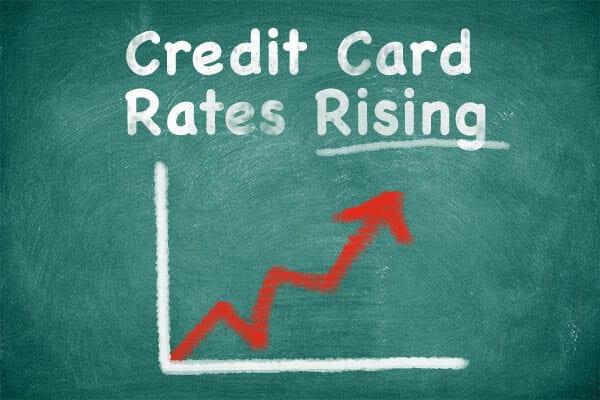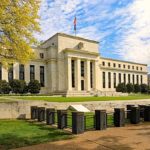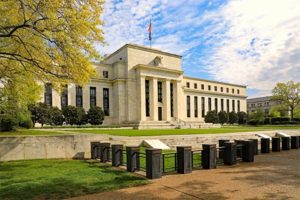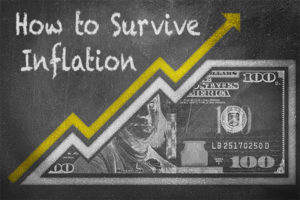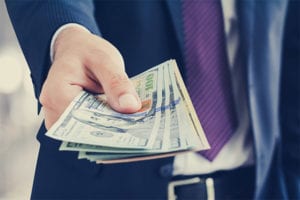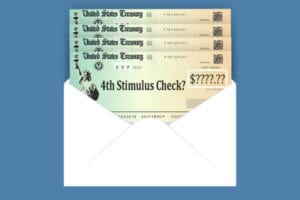Why Credit Card APR’s Are Rising, Despite Fed’s Third Rate Cut of 2019
Typically, a decrease in the federal funds rate means your credit card APR should fall as well, but that’s not what is happening lately in the U.S. economy.
Banks have backed themselves into a corner with an influx of cash-back and travel rewards credit cards, dishing out perks they can’t afford. Now, consumers are paying for them.
Years ago, banks began offering lucrative sign-up bonuses and incentives to spend large amounts of credit. The offers went something like this: If you spend $3,000 in the first quarter, you would get $400 towards airfare or $250 in cash.
The banks expected to attract a ton of new customers and figured they would make their money by offering new clients other services, like car loans or mortgages. In other words, $400 was a small price to pay for a long-term and reliable customer.
However, the new customers didn’t stick around long enough for the banks to turn a profit. They signed up, spent the amount needed for the reward, then closed the card before they could be struck with any sort of fees.
Savvy consumers learned how to game the system and now the banks need a way to pay for it all. They’ve decided to roll back the cashback deals and increase interest rates, despite the Fed lowering rates three times this year.
As of October 2019, the average APR for a credit card is 17%, edging close to a 20-year peak.
That’s small change compared to the interest you pay on private-label (Exxon, Macy’s, Costco, Target etc.) credit cards. The average APR for one of these cards is 27.5%.
Typically, your credit card APR is based on a combination of the prime rate and federal funds rate. The federal funds rate tends to sit three percentage points below the prime rate, so if the federal funds rate is 2%, the prime rate will be 5%.
When deciding your credit card APR, banks tack on a margin to the prime rate. For example, a consumer with a good credit score might be offered prime rate plus eight. If the prime rate is 5%, the consumer’s APR will be 13%. Someone with a poor credit score probably would be offered prime rate plus 15 for an APR of 23%
Lately, lenders have been tacking on record high margins. As of August 2019, the average margin tacked on to a credit card was 11.72%, up from 10.6% two years before, according to the Wall Street Journal.
Here are some reasons your APR may have gone up:
- The prime rate has gone up
- You’re 60 days late on a credit card payment
- Your credit score has dropped
- A promotional rate has ended
The credit card act of 2009 restricts banks from changing the interest rate on consumer’s credit cards whenever they want. For instance, banks can’t raise rates within the first year of owning a credit card.
However, if the prime rate goes up, banks have the go ahead to adjust your rates accordingly, even if you’ve had the card for under a year. The same rule applies if you fall too far behind on payments. No matter how long you’ve held the card, if you are over 60 days delinquent on payments, you will be smacked with an APR penalty rate.
If the bank plans to raise your rate, they have to give you a 45-day notice. Banks can only raise your rate, without notice, following an increase in the prime rate, or the end of a 0% promo period.
When it comes to measuring your APR, a lot of it is out of your hands. But that doesn’t mean you’re completely helpless. A proactive approach can go a long way in clipping high-flying interest rates.
How to Lower Your Credit Card APR
You can lower your interest rates by bolstering your credit score, but this may take some time, and changes won’t be automatic.
If you want to drive attention to your improved score or your reliability as a customer, try contacting your bank directly and asking them to meet you halfway.
“To lower their interest rates, people can call their credit card companies and try to negotiate a lower rate,” said Chris Clapp, a senior research associate in economics at the University of Chicago. “Credit card companies may be amenable to such a proposal if you can leverage them with a lower offer from another company. It never hurts to ask.”
Another way towards lower interest rates is to move your debt from one card to another. “It may be easier to just transfer your balance to the lower interest card,” Clapp said, “or to take out a (consolidation) loan with a lower interest rate.”
Also, ditch those high interest private label credit cards that department stores are so eager to dish out. “The cost of the high interest rates vastly outweighs the benefit from a larger credit mix,” said Clapp. “And there are plenty of lower interest rate cards that one can use to diversify his or her credit mix.”
Another thing to keep in mind is this: APR’s, whether 3% or 30%, can only hurt you if you carry a balance into the following month. Use cash or debit when possible and don’t get carried away by your four or five-digit credit card limit.
Just because you have a $3,000 cap doesn’t mean you have to use it. Aim to keep your purchases below 30% of your credit limit. So, if your card has a $3,000 cap, use no more than $900 of it.
Nobody is too far gone to do something about their credit cards. For consumers with debt on multiple credit cards, Clapp recommends paying “as much as they can afford to the highest rate card, after paying the minimum on all cards.
“They will get the most ’bang for their buck’ that way,” he adds, “and pay off their debts the fastest.”

